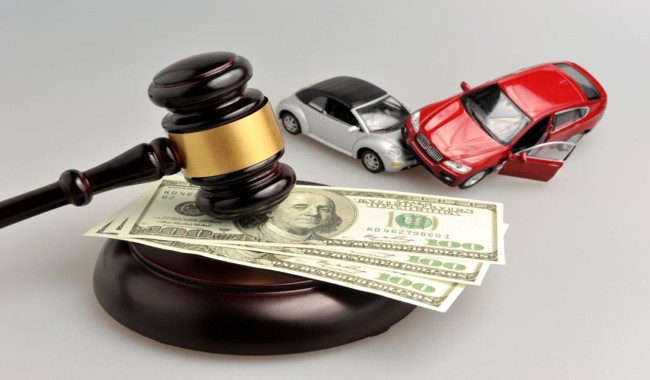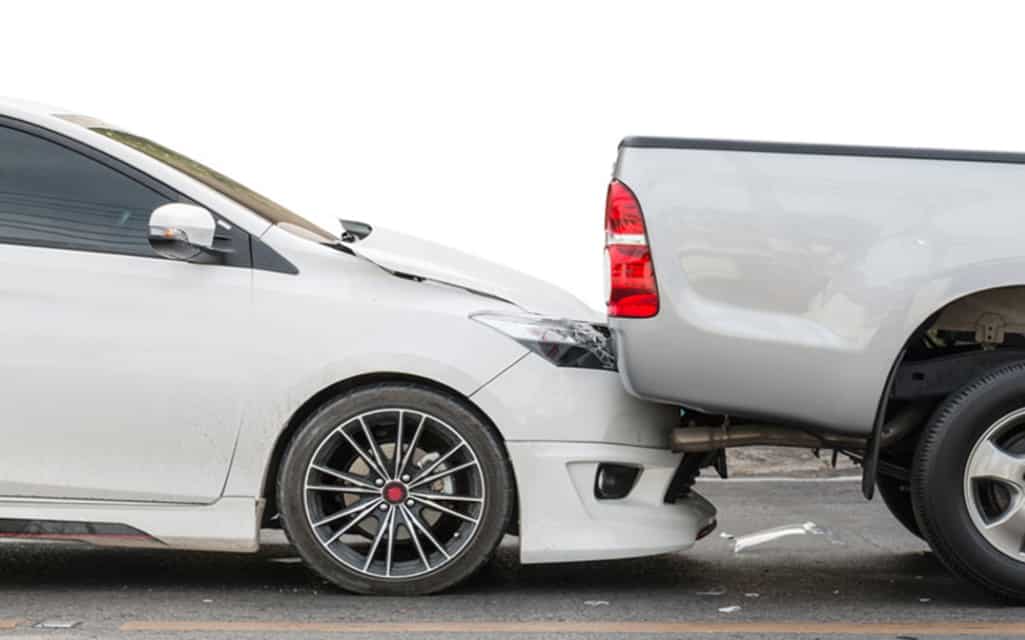The United States is one of the most hectic countries in terms of road traffic, with nearly 264 million registered vehicles and 218 million drivers holding a valid driving license. Naturally, the level of transportation is one of the main reasons leading to a high number of traffic accidents. According to figures from the National Safety Council, on the U.S. roads, about “4.5 million people were seriously injured in crashes last year, and around 40,000 lost their lives“. That being said, every time you get into the car, whether as the driver or passenger, there is a risk you will be involved in a car accident. Therefore, if you ever find yourself in an automobile accident, there are a few things you should consider to protect yourself and your interests.
#1 Put An Emergency Kit in Your Glove Compartment
Every driver should have a mobile phone, pen, and paper for taking notes, as well as a card with information about medical allergies or conditions that may require special attention in case of an accident involving severe injuries.
Important to know is that many law enforcement officers may not respond to accidents unless someone is injured. Nevertheless, Texas motorists, for example, should still file a state vehicle accident report. Therefore, always keep a copy of the Texas accident report in your glove compartment. Furthermore, it is wise also to keep handy a list of contact numbers for law enforcement agencies.
#2 Your First Response is Crucial
Everyone that has been in a car accident knows that things can get very hectic. In these situations, everyone feels scared and angry, so in these circumstances, you may not always know (or identify) what you are supposed to do.
Nevertheless, you have to remember that first and foremost, you have to remain calm. Stop your vehicle and assess the situation. Make sure that you and all of the involved parties are safe. If someone needs emergency attention, then, by all means, dial 911 before doing anything else. Once it is safe to do so, you should move off to a safe spot and ensure you are not in harm’s way. If you need to exit the freeway, communicate your intention “to stop” to others, so you are not later accused of a “hit-and-run” crime. If it is not possible to move the vehicle to safety, then push yourself to safety. Turn on the hazards if possible, and place your cones, flares, or triangle signs around as a sign to approaching traffic to be safe and navigate around the scene.
#3 Contact the Authorities
Once secured, you should call the authorities. When the police arrive, you are to provide them your Driver’s License information, proof of insurance (financial responsibility), vehicle registration, and your current contact information, including an updated address. All the other drivers involved in the collision must do the same. In almost all cases involving personal injury, a police report is generated. These reports are originated mainly from what the involved parties in the accident and other witnesses tell the investigating officer. They also include observations made at the accident scene from the investigating officer. However, keep in mind that the insurance carriers for the drivers involved in the accident lead their separate investigation. This investigation is independent of the police report, and the findings of the police report are nonbinding for them. In most cases, however, when it comes to which party is responsible for causing the accident, the police and the insurance company reach the same conclusion.

#4 Make Sure You Document Everything
Following the accident, be sure you exchange the following essential information: name, address, and phone number; then, the insurance company, policy number, driver license number, and license plate number for the driver and the owner of each vehicle. Especially pay attention if the driver’s name is different from the name of the insured. In this case, discover what the relationship between them is and take down the name and address for each individual. As for independent witnesses, you must also obtain their contact information to provide to your insurance adjuster and attorney.
Additionally, make a written description of each vehicle. In it include the year, make, model, and color — and the exact location of the collision and how it happened. Also, remember to record time of day, weather conditions, events that led up to the crash, traffic/road conditions, and all statements regarding fault made by any of the parties. Be kind, but even if you think it was, do not tell the other drivers or the police that you believe (or know) the accident was your fault. The reason is that your insurance policy is a contract which states that you must not assume responsibility or liability under these circumstances.
Lastly, use your phone or camera to document the damage to all the vehicles. You want your photos to reveal the overall circumstances of the accident, so you will be able to make your case to a claims adjuster. These photos can become a piece of invaluable evidence down the road.
#5 Contact Your Insurance Company
Phone your agent or insurance company’s emergency claims number as soon as you can. It may be even more useful if you call them from the scene since they can tell you precisely what they will need to process your claim. If you feel upset after the collision, ask the police officer to give your insurance company more accurate information. One important thing, be sure to know the details of your insurance coverage beforehand since this will make the whole insurance process easier following the event.



